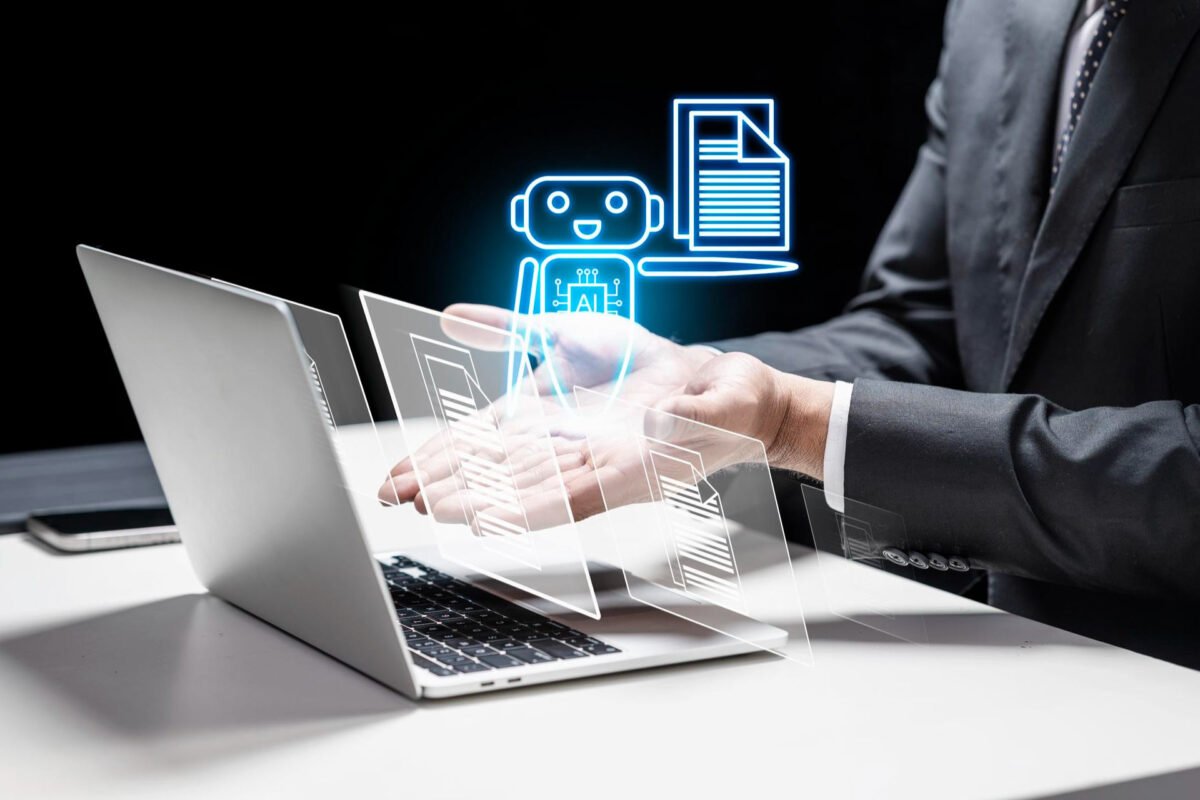Businesses face the challenge of complying with regulations and standards set by regulatory bodies. Non-compliance can result in costly fines, lawsuits, and damage to a business’s reputation. According to a report by PwC, non-compliance costs companies an average of $14.8 million per year. Failure to manage compliance risks proactively can result in significant financial and reputational damage.
The Regulatory Compliance Scoring System is a valuable tool that businesses can use to assess and manage their compliance with regulatory standards. By assigning a numerical score to different compliance aspects of a business, this scoring system allows businesses to proactively manage their compliance risks and avoid costly penalties. This article will help you be educated on the features and scales of regulatory compliance scoring systems. So stick around to learn more!
Scales of regulatory compliance scoring system
In the context of regulatory compliance scoring, a scale refers to a system of measuring compliance where a set of criteria is established and assigned scores. These scores represent the degree of compliance achieved by the company. A company’s total score is then calculated based on how well it meets each criterion.
Examples of scales used in regulatory compliance scoring systems include binary scales, ordinal scales, and Likert scales. Binary scales simply measure compliance as a “yes” or “no” response, while ordinal scales use categories such as “low,” “medium,” or “high” to describe levels of compliance. Likert scales use a range of numerical values to measure the extent of agreement or disagreement with specific statements related to compliance.
The use of scales in regulatory compliance scoring systems helps provide a clear and objective measurement of compliance. The scores provide a way to track improvements and identify areas where additional work is needed. Additionally, the use of scales allows for consistent and standardized measurement across different departments, teams, or organizations.
Features of regulatory compliance scoring system
In addition to scales, regulatory compliance scoring systems also incorporate features to help measure a company’s adherence to regulations and laws. These features are specific criteria that are used to evaluate a company’s level of compliance with regulations and laws.
Features used in regulatory compliance scoring systems include items such as policies and procedures, risk management practices, training and awareness programs, and monitoring and reporting systems. These features provide a framework for measuring and improving a company’s compliance efforts.
Examples of features used in regulatory compliance scoring systems include:
- Policies and procedures – These are the written guidelines and protocols that a company establishes to ensure compliance with regulations and laws. Examples might include policies related to data privacy, security, and record-keeping.
- Risk management practices – These are the processes a company uses to identify, assess, and mitigate potential risks associated with compliance issues. Examples might include regular risk assessments, control testing, and incident response plans.
- Training and awareness programs – These are the initiatives a company uses to educate its employees about regulatory compliance requirements and best practices. Examples might include online training modules, compliance workshops, and employee newsletters.
- Monitoring and reporting systems – These are the tools a company uses to track and report compliance activities and outcomes. Examples might include regular audits, self-assessments, and compliance dashboards.
Features are used to measure regulatory compliance by assessing how well a company has implemented these key components of compliance. Each feature is assigned a score based on the level of compliance achieved. These scores are then used to calculate an overall compliance score for the company.
Factors that affect the regulatory compliance scoring system
Several internal and external factors can affect the regulatory compliance scoring system in a company. These factors impact how effectively the system measures compliance and how well the company is able to achieve its compliance goals.
A. Internal factors:
- Company policies and procedures: A company’s policies and procedures play a critical role in ensuring regulatory compliance. Companies need to establish policies and procedures that are aligned with industry standards and regulations. If a company’s policies and procedures are weak, then the compliance score will be low.
- Training and awareness programs: Employees must be trained on regulatory requirements and company policies and procedures to be able to comply effectively. Companies need to invest in training programs that are effective and up-to-date to help employees maintain compliance. Inadequate training programs can lead to lower compliance scores.
- Corporate culture: The culture of an organization can affect its ability to achieve regulatory compliance. Companies with a strong culture of compliance are more likely to succeed in their compliance efforts. A culture that prioritizes compliance can ensure that employees are motivated to comply with regulations and that the company’s policies and procedures are followed.
B. External factors:
- Industry regulations: Industry-specific regulations and standards must be considered when developing a compliance program. Companies must stay up-to-date with changes in regulations and adjust their compliance programs accordingly. Failure to comply with industry regulations can lead to fines and reputational damage.
- Government laws and regulations: Companies must comply with government regulations that govern their operations. These regulations can vary by region, and companies must be aware of the requirements in each region where they operate. Failure to comply with government regulations can result in legal action against the company.
- Social and environmental factors: Companies must also consider social and environmental factors when developing their compliance programs. For example, companies must ensure that their operations do not harm the environment, and they must respect human rights in their supply chain. Failure to consider social and environmental factors can lead to reputational damage and legal action.
Summing Up
Business leaders must prioritize regulatory compliance and take proactive steps to ensure their companies are meeting regulatory requirements. This includes implementing effective compliance programs, investing in training and awareness programs, and fostering a culture of compliance. Additionally, companies must stay up-to-date with industry and government regulations and consider social and environmental factors to achieve regulatory compliance. By taking these steps, businesses can minimize the risk of regulatory violations and ensure their long-term success and sustainability.



